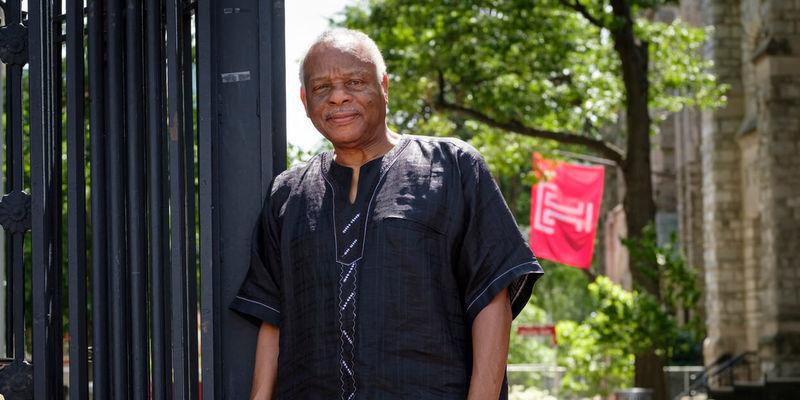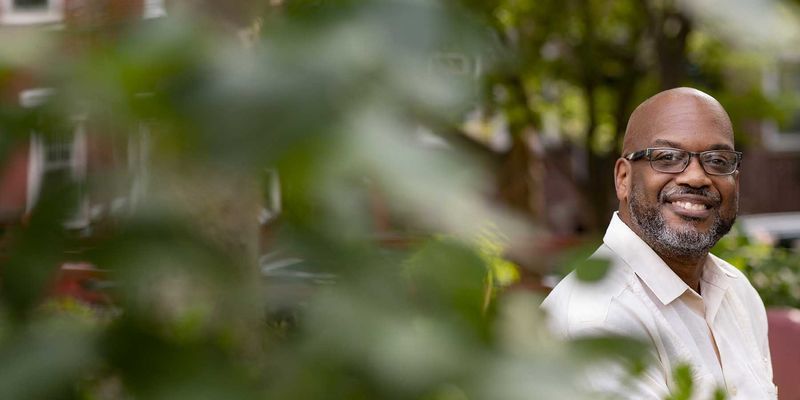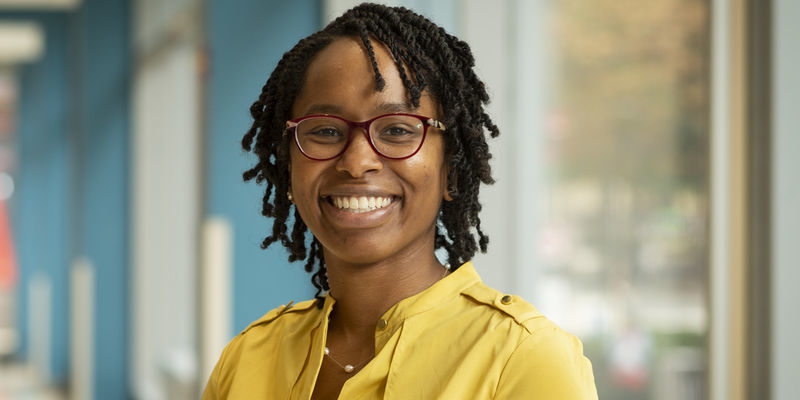Challenging systemic racism through theater
Kimmika Williams-Witherspoon, an associate professor of theater studies and playwriting at the School of Theater, Film and Media Arts, talks about the impact protests against racism and police brutality have had on her art.
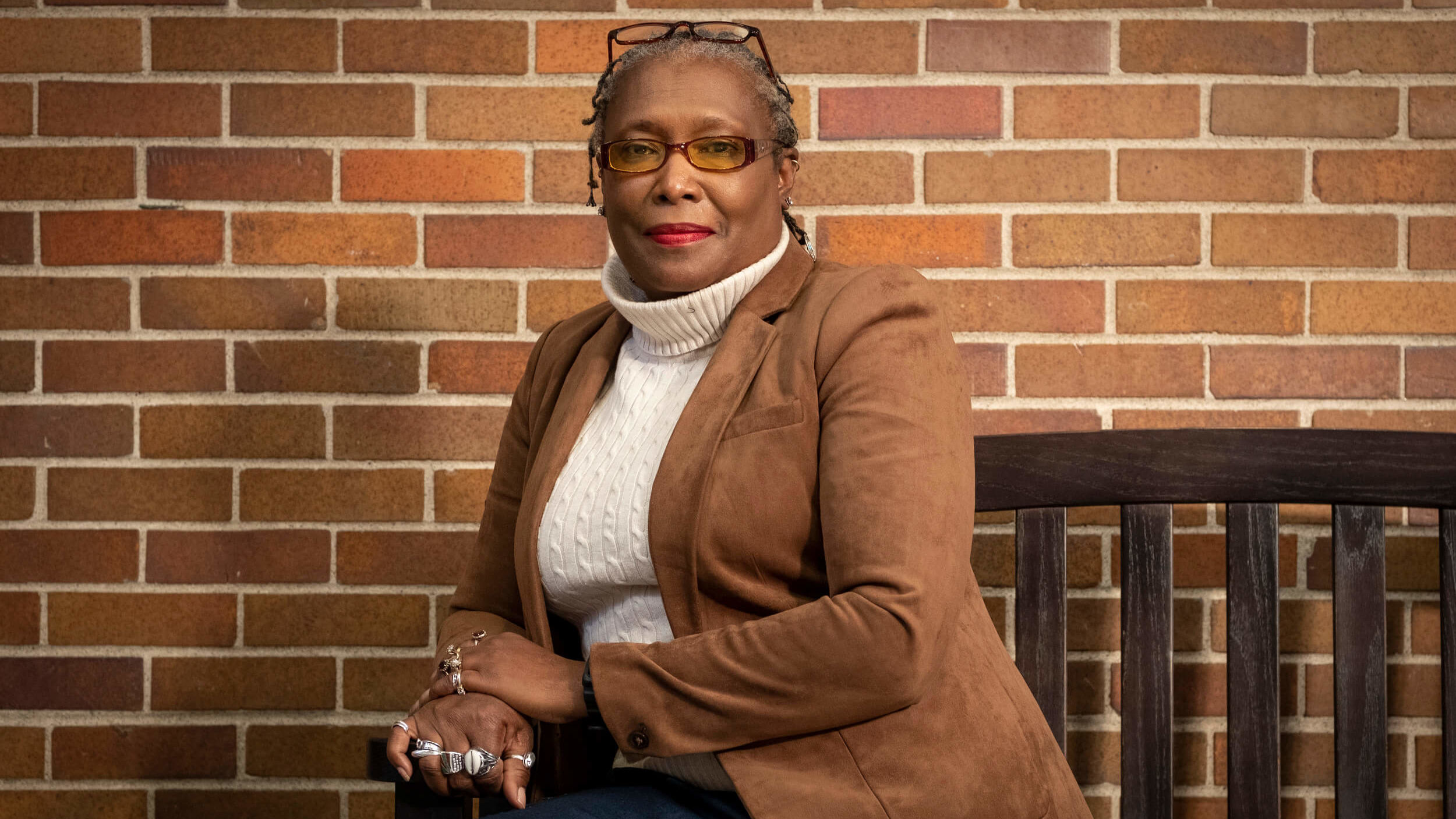
Kimmika Williams-Witherspoon is a playwright, poet, anthropologist, and associate professor of theater studies and playwriting at Temple’s School of Theater, Film and Media Arts who believes that art must both be conscious and have a conscience.
In 2018, she collaborated with colleagues across the university on a project investigating race and racism. One of the results of their work was Williams-Witherspoon’s From Safe to Brave, a performance piece that blended personal narratives, poetry, music and dance and was based on the shared experiences of members of Temple’s community.
We spoke with Williams-Witherspoon about why she decided to revive From Safe to Brave in response to the George Floyd protests, the power of theater, and the role of art and artists in society. (From Safe to Brave Redux was streamed Oct. 20 and Nov. 4 to 7. See the trailer.)
Temple Now: What was the inspiration for From Safe to Brave?
Kimmika Williams-Witherspoon: A group of faculty members and administrators from Temple received a call for proposals from the Lumina Foundation for Racial Justice and Equity in 2018, for work dealing with the rise in hate crimes on college campuses. The group was comprised of Tiffenia Archie, assistant vice president of Institutional Diversity, Equity Advocacy and Leadership (IDEAL); Valerie Dudley, director, multicultural training at IDEAL; Nu’Rodney Prad, director, student engagement at IDEAL; Elizabeth Sweet, former assistant professor of instruction in geography and urban studies at the College of Liberal Arts; Rickie Sanders, professor emeritus, geography and urban studies; Karen Turner, associate professor of journalism; Donna-Marie Peters, instructional associate professor of sociology; and myself and Sonja Peterson-Lewis, associate professor of Africology and African American Studies. We put together this proposal to do something called Moving From Safe to Brave Spaces. And it was a series of community conversations that we proposed to have in and around the Temple footprint to unpack this idea of race and racism and violence.
Because of my theater training, one of the outcomes was going to be this theater piece. I was going to use this idea of poetic ethnography that I teach in the theater department, then we would use those poetic ethnographies as the basis for the production. Elizabeth Sweet’s work is centered around body mapping. Tracing your body to form a map, then answering a series of prompts about how violence affects our bodies: Where we feel it; where we’ve been impacted by it; where the scars are; and where we feel strongest. I did the poetic ethnographies during the first hour of the presentation and she would take them through a body mapping exercise for the second. And between the two works that became From Safe to Brave.
TN: You mentioned poetic ethnography. What is that?
KW-W: I’m an anthropologist as well as a playwright. When we’re studying culture, oftentimes anthropologists go off into the field. You’re spending really dedicated time working with a community or a culture and you’re writing ethnography, these narratives about that community. Stanley Diamond was one of the early anthropologists that suggested that there are all these other ways that we can do anthropology. When we’re writing about people, those thick descriptions [a term coined by Clifford Geertz for descriptions of human social behavior that allow them to be better understood by an outsider] don’t have to come out looking a particular way or following a particular form. For me, poetry is one of the easiest ways that individuals can write about trauma, about subject matter that might be difficult or complicated. Because when you’re given a form, it’s not so intimidating to go into a sometimes painful memory.
I wanted to use that technique to get the participants to think about race, racism and violence. They didn’t have to expose too much of their own vulnerability. But it would still allow them to tap into these ready memories. I taught everyone how to write haiku, to do a haiku about race or rage or violence. Also, there’s something that I created called a “seven squared,” where I asked participants to write seven words about their own identity, how they envision themselves, how they see themselves. It’s simple and easy because it has a form. The participants tend to be excited about getting their seven words and they’re not so caught up in, “Oh, is this right? Is this wrong?” They’re just finding their own sense of identity in those seven words that then become the last line of the poem. And then I challenge them to write six more lines, each with seven words, that talk about who they are, how people see them and how they present themselves to the world. Some of the really short lines of dialogue started off as the haikus. When you start to unpack From Safe to Brave, it’s really a lot of poetry that blended together to create dialogue.
TN: How did you restage the piece again this year and why?
KW-W: It was always in my head that it needed to happen again and we talked to the Lumina Foundation about creating a model that could go to other universities to help them with their diversity, equity and inclusion work. Then came COVID-19 and everything had to stop, all live theater was put to a halt and the theater department was trying to figure out what kinds of things we could do in the fall under these circumstances. In the midst of all that, George Floyd was murdered and—for what seemed like the “first time” (and that’s in air quotes)—all of America got to witness what some of us have been saying for years. My chair, Fred Duer, called me up and said, “As our resident playwright, would you like to write something?” I’m also the vice president of the faculty senate and have been working on President Englert’s COVID-19 cabinet. I was just so tired and involved in so much. So I said, “No, I really wouldn’t, Fred. But that’s what Safe to Brave was all about. We could just redo that.” He said, “Yes. Can we do that and then could you add some stuff that maybe spoke to George Floyd?” And I agreed. That’s how this became a way to respond to this very important historical moment where not just folks of color, not just Black and brown individuals, but the world at large was becoming acutely aware of the depths of racism and white supremacy in this country.
We, as in theater, we’re in a medium that allows us to tackle the hardest subjects when others can’t, in a way that’s non-confrontational because it’s theater. I’m asking you to come into a theater space and view something and you don’t have to go “yes” or “no.” You don’t have to go “right” or “wrong.” You do, however, sit with it and then walk away with it. And if we’re good at what we do, we’ve at least given you some food for thought. It felt like the right thing to do in this historical moment. I was very happy to be asked to do it. It was so much harder to do on this platform because all of our rehearsals for a month were on Zoom, but it can still be done and I think we did it.
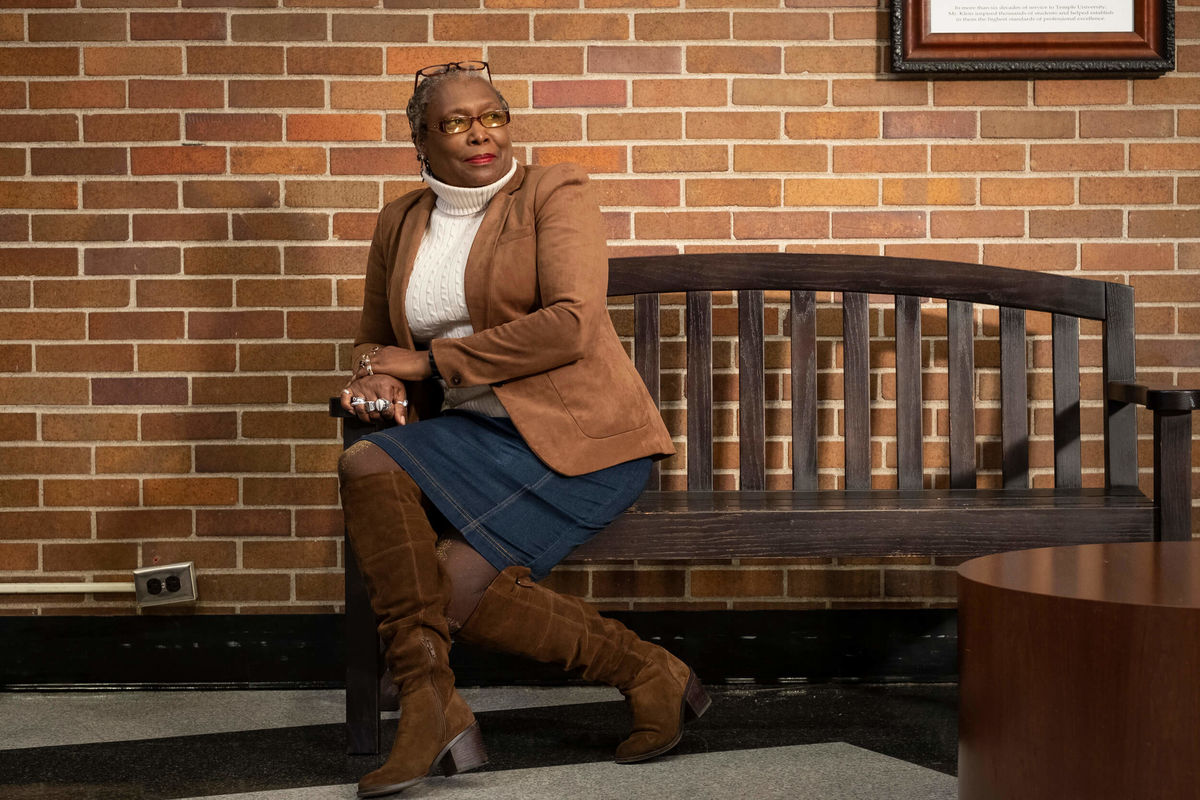
Kimmika Williams-Witherspoon feels that art is a mechanism for us to hold a mirror up to ourselves. (Photo by Joseph V. Labolito)
TN: Part of the show focuses on Philando Castile, starting with the footage of his death, and another centers on George Floyd. Why was it important to talk about their deaths?
KW-W: In the original research with the community conversations, Philando Castile’s death was one of the memories for me. It was a time in American history, for me at least, that signaled that we have so far to go. When I asked people to think about their saddest memory, I prefaced it by asking individuals to think back to where they were when Philando Castile was murdered live on Facebook. What some people don’t realize is we actually hear in that clip his last breath. His girlfriend says, “Oh my God, please don’t be dead. Oh, they just killed my boyfriend.” And then we hear him groan and it’s his last breath. Prior to doing the show, I had never seen it. I’d only heard about it. Everybody was watching it around me, but I couldn’t watch it because all I could think about was my 16-year-old son and the probability of him being stopped by a police officer. Just that sheer panic and fear overwhelmed me for a week.
By the time we get to May 2020 and the murder of George Floyd, we’re looking at four years. And nothing’s changed. That was part of the reason why I had to incorporate the litany of names of individuals who had died. Other than Emmett Till, everyone else was between 2016 and 2020. Those names the cast reads off should say something to America. It should say something that cuts to the quick of this thing called white supremacy, this thing called police violence, that at least should make Americans pause and ask, “What is justice?”
TN: How have the protests against systemic racism and police brutality shaped your art? Is it still difficult to express things?
KW-W: I think it still is difficult. I’ve written a piece for Sandra Bland. I have not written a piece for Breonna Taylor yet and I know I have to. It’s not that the words aren’t there. They’re actually inside me but I’m gagging myself. I’m trying to keep the words from coming out because I know their power and I know what it means. But I also feel that as artists, particularly artists of color, we have a lot of very powerful shoulders that we’re standing on: Artists who were willing to say the hard things and to speak the real truth and even to perform in the midst of chaos. I feel that weight on me all the time. But it also means that I have to pick and choose. This piece is a performance piece. It’s not a straight play. I have about 26 straight plays that I’m looking at right now on top of a shelf. But I had to put that hat down because right now, capturing these stories in this way seems to be so much more important. I wonder, if our art doesn’t reflect this historical moment, will it just be another footnote in history? That’s what I’m battling: How far can I jump into this without losing myself to the movement? I don’t know if I’ve found the balance yet. I’ve got so many ideas for pieces but I’ve got to get this part of the world straight first.
TN: How can we use art to respond to what’s happening right now?
KW-W: When you think about every revolution, whether it’s the French Revolution or apartheid, art has always been a part of change. It’s a mechanism for us to hold a mirror up to ourselves so we can see what’s ugly, or open a window to the possibilities of what the world could be. Art has a purpose. It’s supposed to chronicle the experiences of the cultures in which it’s made. As an artist, my job is to keep the memory in case the graphic images start to run together and you become desensitized. As a writer, my responsibility is to write our failures as well as our successes. As a playwright, I have to present both the world as it is and the world that can be. That’s my responsibility. But I know I’m rare. There are some individuals who make a nice living just creating stuff that doesn’t speak to a justice chord, or conscious chord or even a spiritual chord. But I can’t create that kind of art. That’s not who I am. What I would hope comes out of all of this is that these kinds of projects are necessary for a place called Temple University. We are a premier urban institution of R1 status situated in North Philadelphia. And if we can’t do the work with our art to help people have these really difficult conversations, where else can we expect to find it? I’m so happy that I’m in a department that is supportive of that work. And I’m really proud of our students, who weren’t incapable of having that difficult conversation and who came through.
—Edirin Oputu
